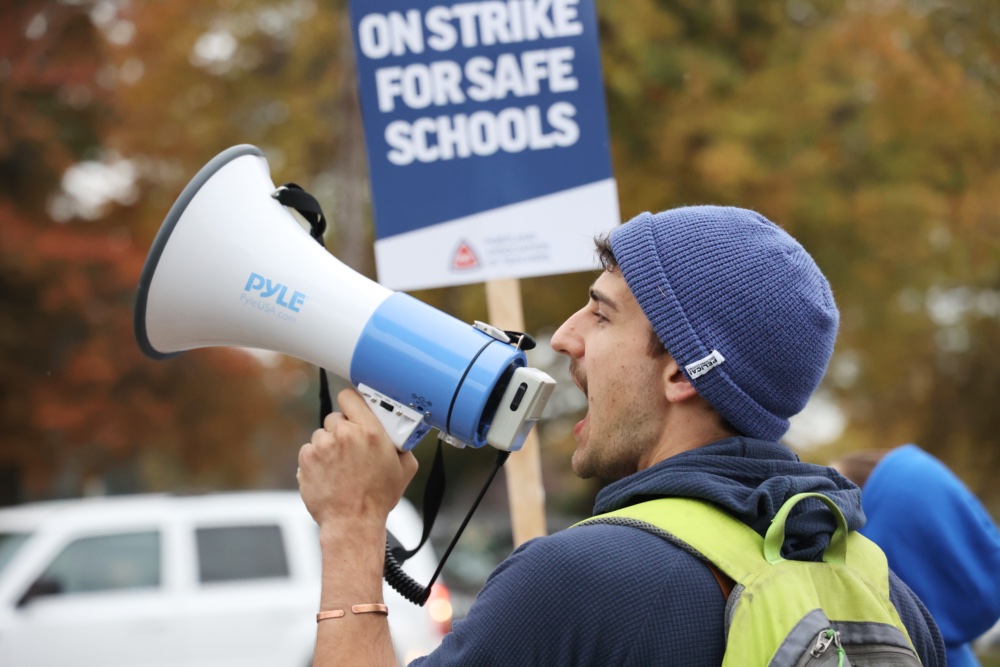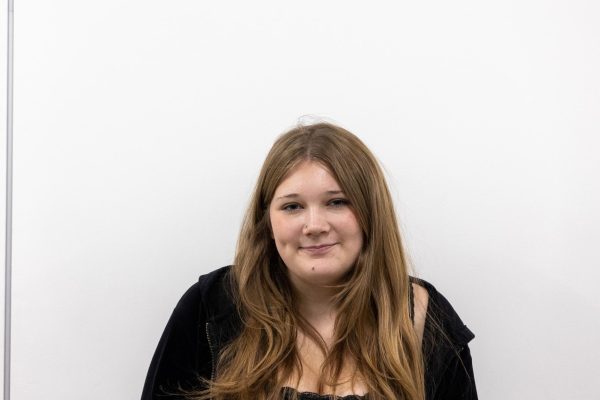Following the return from the almost month-long strike, teachers and counselors are faced with many new challenges as they try to build some routine back into their everyday lives. Still feeling the impact of the strike, some are struggling with the mental and physical effects.
The balance between trying to be there for students and guide them through this difficult transition, while also facing all the same hardships themselves, has proven to be a real struggle for some teachers.
“It’s like you haven’t been running for a long time and you lose your stamina, and then you try to run again and you’re like, ‘Oh my.’ So it’s been like a different type of energy to teach and hold space in the classroom rather than be out on a picket line,” language arts teacher Jesse Gardner said.
Coming back from the strike, Gardner adds how there’s a large divide between district administration and teachers, explaining how some administrators at the district view them as replaceable, causing a sort of distrust in the workplace.
Biomedical science teacher Darshanpreet Gill resonates with the same feeling of being unsupported from the district leadership admin. Gill shared how during the strike certain media portrayed teachers in a very negative manner and noted how as a union they don’t have the same money or communications team as the district to fight back.
“It was really hard to hear all that when we are literally outside in the cold giving up everything because we just believe so much that things can be better,” Gill said.
Gill continued on about the importance of these changes that educators asked for in order to have a school system that both benefits students and staff, adding that the strike was not wanted but necessary in order to see some real change, as district leaders weren’t proving to be very cooperative.
Language arts teacher Natalie Drummond adds how they shouldn’t have had to go on strike for the reasons they did. Stating that they should have been accessible from the beginning as basic needs for students and teachers.
“This is going to be a lot longer fight, and to really transform our school system, it’s going to have to be all hands on deck for a very long time,” Drummond said.
A common belief between many teachers such as Drummond and Gardner is that educators are going to have a long fight with the school board and leadership admin over what’s best for the school system and what really benefits students.
Although the strike has been a mix of emotions and ideals, one thing that was built and strengthened the most during this time was the community between teachers. Gardner, Gill and Drummond each have expressed the large sense of community they have brought back with them. They all share some personal experiences of bonds they have created with colleagues throughout the time they spent together.
This strengthened bond between teachers has made it easier for some to return back, as they have a community to lean back on for help with the mental and physical challenges. They hope to find a way to incorporate some of the community into their classrooms.
“I was really impacted by the sense of community and the generosity of my fellow colleagues,” Gardner said. “I felt rich in a different way even though we weren’t making money. It was like relationally we were nourished and taken care of.”
Although PPS was not paying staff during the strike, the Oregon Education Association, the largest public education employees’ union in Oregon, paid educators who were striking $120 a day from their relief fund.
The end result of the strike has shown a small part of what educators hope to see in the near future, as they continue to advocate for better treatment and conditions for students and teachers. Their aim for the next few weeks is to eliminate the negative side effects caused by the strike and to start to restore normalcy in schools and fully embrace the improved contract.





